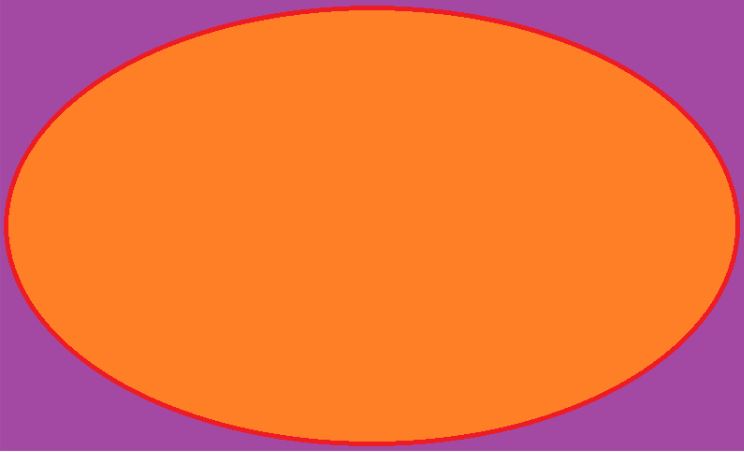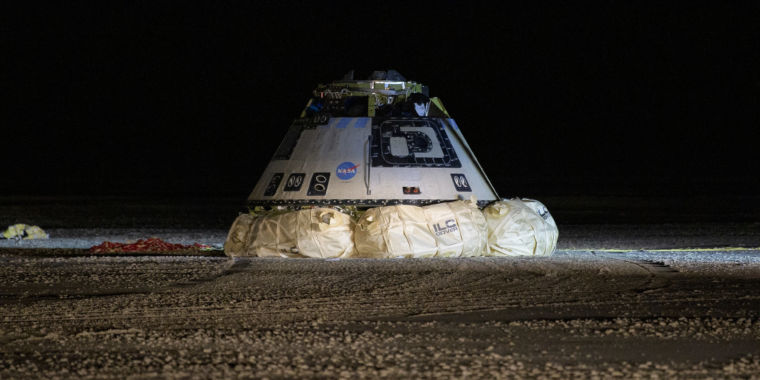Musk's SpaceX and T-Mobile plan to connect mobile phones to satellites, boost cell coverage
The new plans, which would exist alongside T-mobile's existing cellular services, would cut out the need for cell towers and offer service for sending texts and images where cell coverage does not currently exist, key for emergency situations in remote areas,SpaceX Chief Engineer Elon Musk and T-Mobile CEO Mike Sievert take part in a joint news conference at the SpaceX Starbase, in Brownsville, Texas, U.S., August 25, 2022.
/cloudfront-us-east-2.images.arcpublishing.com/reuters/D53NNDMLVVKBDL27U25YAODCXA.jpg)
Musk's SpaceX and T-Mobile plan to connect mobile phones to satellites, boost cell coverage
U.S wireless carrier T-Mobile US Inc will use Elon Musk-owned SpaceX's Starlink satellites to provide mobile users with network access in parts of the United States, the companies announced.
Many cellphone users know the frustration of 1 bar to zero bar fringe reception zones.
Not only would implementation of this Musk / Sievert partnership help to reduce that. The implications for emergencies in remote areas may make the difference between life & death.
Critics complain about the impact on our night skies with artificial satellites crowding the natural view of stars & planets. Progress?

